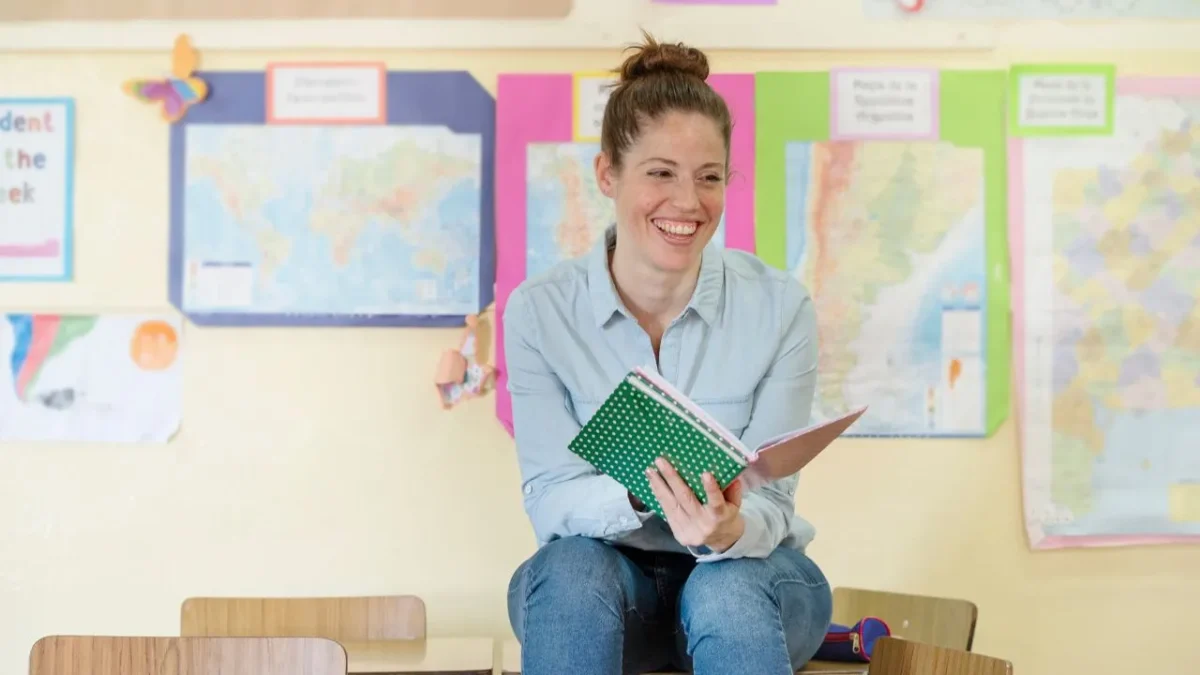Unlocking Your Child’s Learning Potential: Identifying Their Primary Learning Style
Discover the Key to Effective Learning by Identifying Your Child’s Unique Learning Style
As parents and educators, understanding how children learn best is essential for their academic success. Each child possesses a unique learning style, and identifying it can significantly enhance their educational experience.
By recognizing their primary learning style, parents and teachers can tailor instruction, provide appropriate resources, and create an optimal learning environment.
How To Identify Your Kid’s Primary Learning Style
Here’s a comprehensive guide to identifying your child’s primary learning style and unleashing their full learning potential.
Identifying a child’s primary learning style is crucial for tailoring instruction to their individual needs. By considering factors such as past assessments, observations, and the child’s preferences, parents and educators can provide targeted teaching methods that enhance engagement, information retention, and overall learning outcomes.
Recognizing the significance of learning style identification promotes personalized education and fosters confidence and motivation in students.
Exploring Different Learning Styles: Aural, Visual, and Kinesthetic
Different learning styles encompass aural, visual, and kinesthetic preferences. Aural learners thrive when information is presented through sound, such as lectures and discussions.
Visual learners excel when provided with visual aids, such as diagrams and videos. Kinesthetic learners benefit from hands-on activities and physical engagement.
Recognizing and accommodating these learning styles optimizes learning experiences and facilitates a deeper understanding of concepts.
Visual Learners: Seeing is Believing
Some children are visual learners, meaning they grasp information most effectively through visual aids and images. These learners thrive when presented with visual stimuli such as charts, diagrams, and videos.
Pay attention to signs that your child is a visual learner, such as their ability to remember visual details and their preference for colorful materials.
Auditory Learners: Embracing the Power of Sound
For auditory learners, the power of sound is their gateway to understanding. These children absorb information best through spoken words, discussions, and listening to instructions.
They may exhibit strong verbal communication skills, enjoy participating in group activities, and show an inclination towards audiobooks or podcasts.
Kinesthetic Learners: Learning Through Movement
Kinesthetic learners are hands-on learners who understand and retain information by engaging in physical activities. These children thrive when they can touch, move, and experience concepts firsthand.
Look for signs such as a preference for interactive learning, a tendency to fidget while studying, and a knack for understanding through practical applications.
Reading/Writing Learners: The Power of Words
Some children excel in reading and writing, making them reading/writing learners. These learners process information most effectively through reading texts, taking notes, and writing assignments.
They display a strong affinity for books, enjoy reading extensively, and demonstrate exceptional writing skills.
Observing Behaviors to Identify Your Child’s Learning Style
Observing your child’s behavior is key to identifying their primary learning style. Attention span and focus provide valuable insights. Visual learners tend to concentrate for longer periods, while auditory learners may benefit from interactive tasks.
Assessing their comfort level, persistence, and engagement during different activities further aids in pinpointing their learning style.
Verbal and nonverbal communication, as well as body language, offer clues to their preferred methods of learning.
Incorporating Learning Styles into Instruction: Benefits and Strategies
Tailoring instruction according to a child’s learning style yields numerous benefits. Students become more engaged, comprehend information more effectively, and develop study skills applicable across subjects.
Educators can employ various strategies to accommodate different learning styles. For visual learners, visual aids and colorful materials enhance understanding.
Auditory learners benefit from verbal explanations and discussions. Kinesthetic learners thrive through hands-on activities, and reading/writing learners excel with reading assignments and writing exercises.
Identifying Your Child’s Learning Style:
- Observe their preferences and behaviors during learning activities.
- Encourage them to reflect on how they comprehend and remember information.
- Discuss their experiences and preferences with their teachers.
- Experiment with different learning strategies and observe their response.
- Pay attention to their performance in various learning environments.
Tailoring Instruction to Your Child’s Learning Style:
- For visual learners, incorporate visual aids and color-coded materials into their study routine.
- For auditory learners, use verbal explanations, encourage discussions, and provide audio resources.
- For kinesthetic learners, introduce hands-on activities, interactive projects, and physical movement.
- For reading/writing learners, emphasize reading assignments, writing exercises, and note-taking techniques.
Remember, children may exhibit a combination of learning styles, so it’s crucial to be flexible and provide a balanced approach. By recognizing and adapting to your child’s primary learning style, you can unlock their true potential and foster a love for learning that will last a lifetime.
Recognizing and understanding your child’s primary learning style empowers parents and educators to create personalized learning experiences.
By aligning teaching methods with a child’s preferred style, educational outcomes are optimized, fostering enthusiasm, confidence, and academic success.
Embracing the diversity of learning styles enhances the overall educational journey, setting the stage for lifelong learning and growth.
Read These Posts Too:
- Article: Effectiveness of Games in Education
- The Benefits of Using Mother Tongue Language in Classroom
- 20 Important Questions Schools Should Ask Parents Regarding Their Kids
- Importance and Benefits of Morning Assembly in School
- 100+ Motivational Speech Topics for Morning School Assembly
CBSE Sample Papers | CBSE Circulars | Quizzes | Study Material
Join our Premium Telegram and Whatsapp Channel for More News and Updates.
For the Latest Educational News (CBSE, ICSE, and State Board News) and live news updates, like us on Facebook or follow us on Twitter and Join our Premium Telegram Channel. Read more on Latest Exams & Results News on Shikshapress.com.








